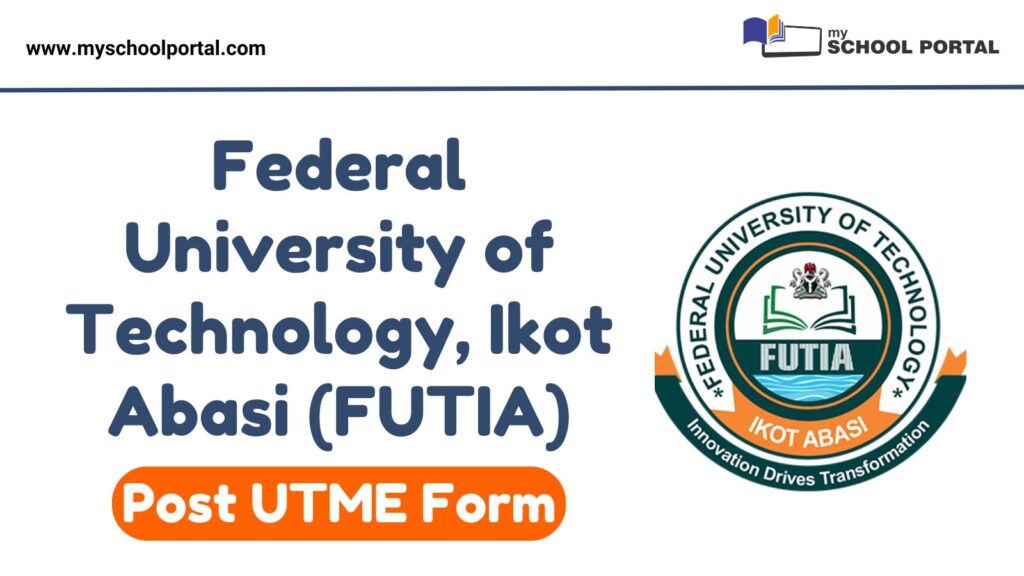Hello, Students!
Today, we are going to dive into some essential Reading Techniques that can help you become a more effective and efficient reader. These techniques are especially important as they help you grasp the main ideas, understand the content better, and retain what you’ve read. Let’s explore these techniques and see how they can improve your reading skills!
Why Are Reading Techniques Important?
Reading techniques are strategies that help you approach different texts effectively. Whether you’re reading a novel, a textbook, or an article, knowing how to read purposefully can save you time and increase your comprehension.
Common Reading Techniques:
- Skimming:
- What is it? Skimming is a technique used to get a general idea of what a text is about without reading every word. You focus on headings, subheadings, bold words, summaries, and any visuals like charts or graphs.
- When to use it? Use skimming when you need to get the gist of a text quickly, such as when deciding if an article is relevant to your research or when previewing a chapter before a more detailed read.
- How to do it? Read the first and last paragraphs and glance through headings or highlighted sections. Identify key words or phrases that give clues about the main idea.
- Scanning:
- What is it? Scanning is a reading technique used to find specific information within a text quickly.
- When to use it? Use scanning when you’re looking for a particular fact or piece of information, like finding a date, a name, or a number in a passage.
- How to do it? Keep your eyes moving rapidly down the page until you find the specific word or phrase you’re looking for. Don’t read every word; focus only on the section where the information might be.
- Detailed Reading:
- What is it? Detailed reading involves reading every word carefully to understand the content fully.
- When to use it? Use detailed reading when the text is complex, and understanding every detail is essential, such as when studying for an exam or reading an important document.
- How to do it? Read slowly, underline or highlight important points, and take notes to summarize what you’ve read. Focus on understanding the meaning of each sentence and the relationships between ideas.
- Critical Reading:
- What is it? Critical reading involves analyzing and evaluating the text to form your opinion about its content.
- When to use it? Use critical reading when you want to go beyond understanding the text to critically evaluate its arguments, evidence, and conclusions.
- How to do it? Ask questions like: What is the author’s purpose? Are the arguments logical and well-supported? What evidence is used? Are there any biases?
- SQ3R Method:
- What is it? SQ3R stands for Survey, Question, Read, Recite, and Review. It’s a systematic method for reading and understanding a text.
- When to use it? Use the SQ3R method for textbooks or study materials that require thorough comprehension.
- How to do it?
- Survey: Skim through the text to get an overview.
- Question: Turn headings into questions to set reading purposes.
- Read: Read carefully to answer the questions.
- Recite: Summarize the text in your own words
- Review: Go over the text again to reinforce understanding.
Tips for Effective Reading:
- Set a Purpose: Know why you are reading a text. Is it for leisure, study, or information? This will help you choose the right technique.
- Create a Comfortable Reading Environment: Find a quiet place, minimize distractions, and make sure the lighting is good.
- Take Breaks: If reading a long text, take short breaks to maintain concentration.
- Annotate: Write notes in the margins, highlight key points, or use sticky notes to mark important sections.
- Ask Questions: Engage with the text by asking questions about the content, the author’s intention, and the arguments presented.
- Practice Regularly: The more you practice these techniques, the better you’ll become at reading efficiently and effectively.
Practice Activity:
- Skimming and Scanning Exercise:
- Find an online news article. Spend 2 minutes skimming it to get the general idea, then scan it to find a specific piece of information, like a date or a name.
- Detailed Reading Exercise:
- Choose a short story or a textbook chapter. Read it carefully, take notes, and try to summarize it in your own words.
- Critical Reading Exercise:
- Read an opinion piece or editorial. Identify the main arguments, evaluate the evidence provided, and form your opinion on the topic.
Homework:
- Choose a Technique: Pick a reading technique and practice it with different types of texts (news articles, short stories, essays). Reflect on which technique works best for you in different situations.
- Write a Reflection: Write a short reflection on how using these reading techniques helped you understand a text better.
Next Lesson: We’ll learn about Comprehension Passages to help you understand texts more deeply and retain the information better! 📚
Great job today! Remember, practice makes perfect. The more you use these reading techniques, the more confident you’ll become as a reader! 😊









